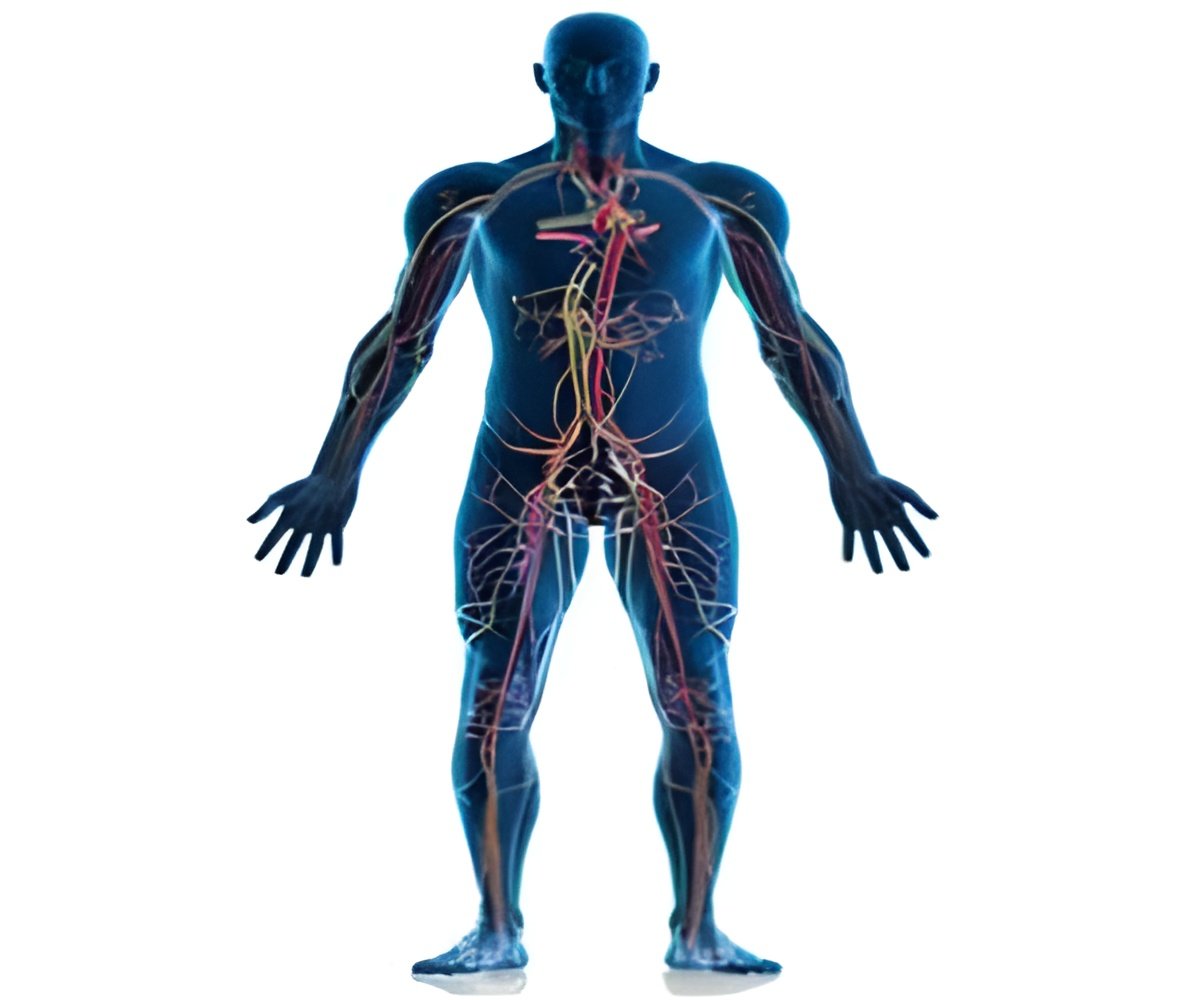
That kind of regrowth isn't easy to pull off. Peripheral nerves are long cells; their nucleus is in the spinal cord and the axons that extend from them and relay nerve messages can reach all the way down a leg.
"When a nerve gets cut, all the axons downstream degenerate," said Lloyd.
Regrowth requires that the two ends somehow find their way back to each other through damaged tissue.
Scientists knew that Schwann cells were important to that process. Those cells are found wrapped around axons, where under normal circumstances they are rather "quiet" cells.
All of that changes when an injury occurs-those Schwann cells de-differentiate back to a stem-cell-like state and play an important role in bridging the gap to repair damaged neurons.
Advertisement
But, the new study shows, the Schwann cells need help to repair the nerves properly. That help comes from a well-studied cell type known to play a role in wound healing- fibroblasts.
Advertisement
"There is lots known about them, and they are always present at wounds. This shows that they act in a completely new way," he added.
The fibroblasts send a signal to the Schwann cells, causing them to sort themselves into clumps, or cords, that make their way out of the nerve stump as a group.
Those cords guide the regrowth of axons across the wound.
Lloyd's team found that the response to the so-called ephrin-B signal issued by the fibroblasts depends on a factor called Sox2, best known for its central role in embryonic stem cells.
Sox2 is also one of a handful of ingredients that can help reprogram adult cells to behave like embryonic stem cells.
Without the ephrin-B signal, Schwann cells fail to migrate in an organized fashion and the axons don't grow back properly.
Lloyd said the new findings might lead to ways to improve the repair of peripheral nerves, noting that the natural process isn't all that efficient.
The study has been published in the upcoming issue of Cell.
Source-ANI









